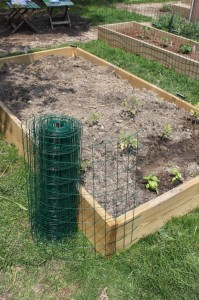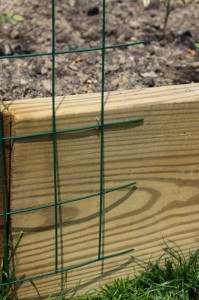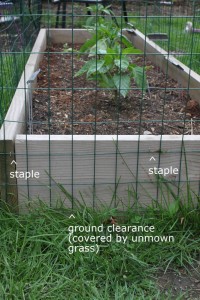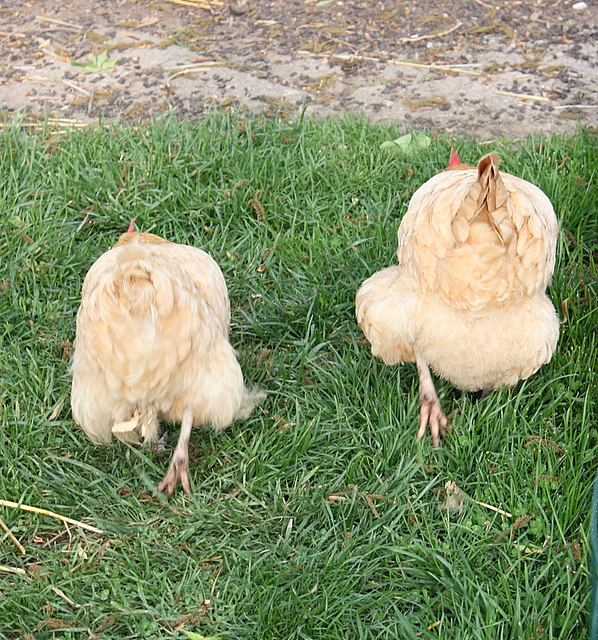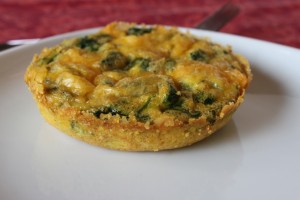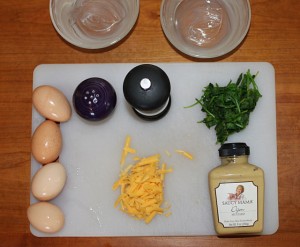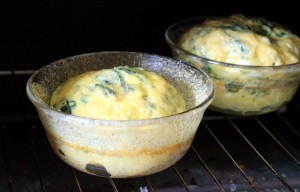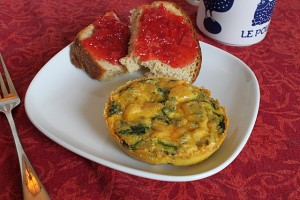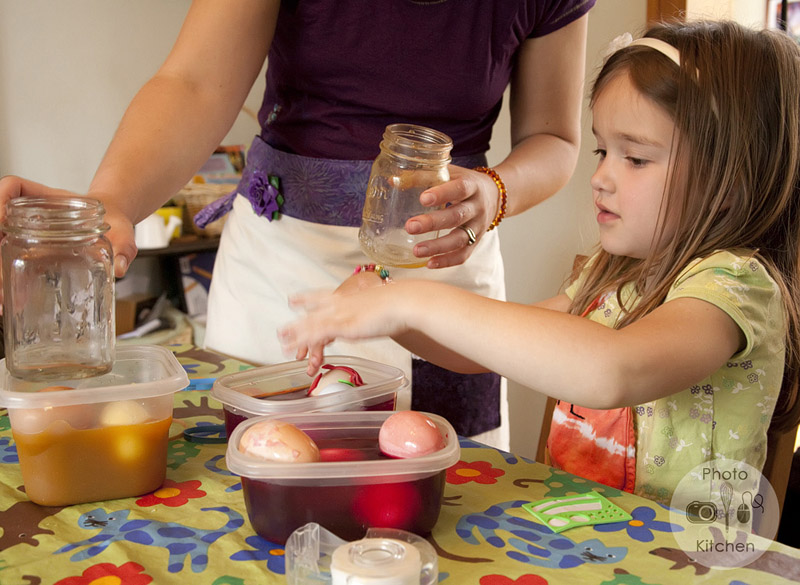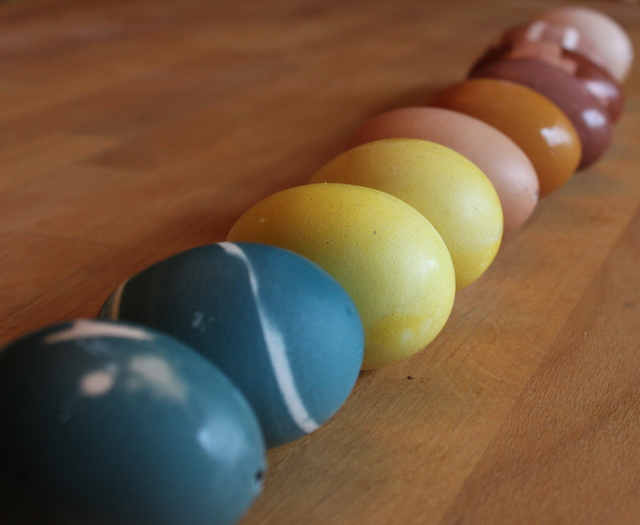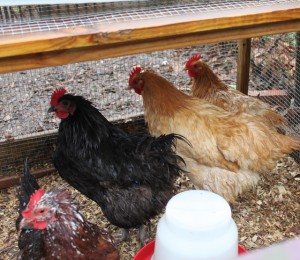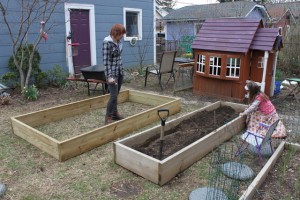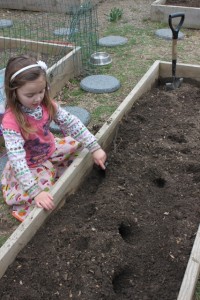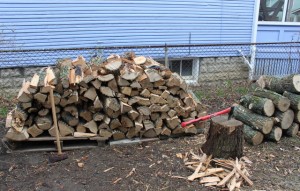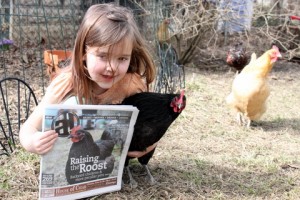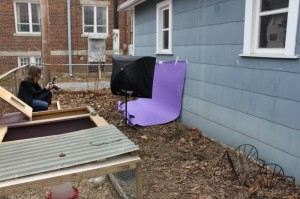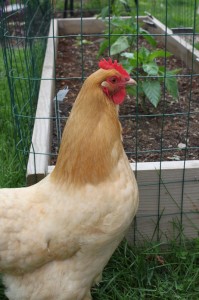 The chickens eye the tomatoes, the dogs walk all over the bean bed, and the squirrels want into everything. What's a space intensive gardener to do? Fence around the beds.
Yet every spring I resist. Fencing is ugly and expensive. It is a pain (literally, I have a hole healing in my finger from a wire poke) to install and remove. Grass is hard to cut around the edges.
The chickens eye the tomatoes, the dogs walk all over the bean bed, and the squirrels want into everything. What's a space intensive gardener to do? Fence around the beds.
Yet every spring I resist. Fencing is ugly and expensive. It is a pain (literally, I have a hole healing in my finger from a wire poke) to install and remove. Grass is hard to cut around the edges.
This year I was intentional about planning and installing fencing. I finally have the perfect balance of function and aesthetics. Here's how I fence our raised beds:
1) Use the same style throughout the garden. My cousin Todd of Combs Landscape Design advised that if all the fencing is the same, it disappears visually. I prefer vinyl coated wire fencing because it is less apt to poke fingers during installation and removal.
2) Install the fencing 2-3 inches above ground level. With this clearance, you can use an edger or scissors to cut grass missed by the lawn mower.
3) Staple every 12-15 inches. If you pull the fencing taught between staples, this is sufficient to hold. Every staple you put in during the spring must be removed in the fall. Don't be like my husband, who put a staple every inch last spring and then had his wife remove the fencing in the fall. She will not enjoy removing hundreds of staples when a dozen would have done the job.
4) Fold corners into right angles. This defines the space visually and also adds stability.
5) Remove and re-roll the fencing in the fall. This will allow the chickens to do their dirt turning business and saves the fence from excess wear and tear. I use pliers to remove the staples and store the fencing in the loft of our garage.
How do you fence?
Added to Simple Lives Thursday 45.

